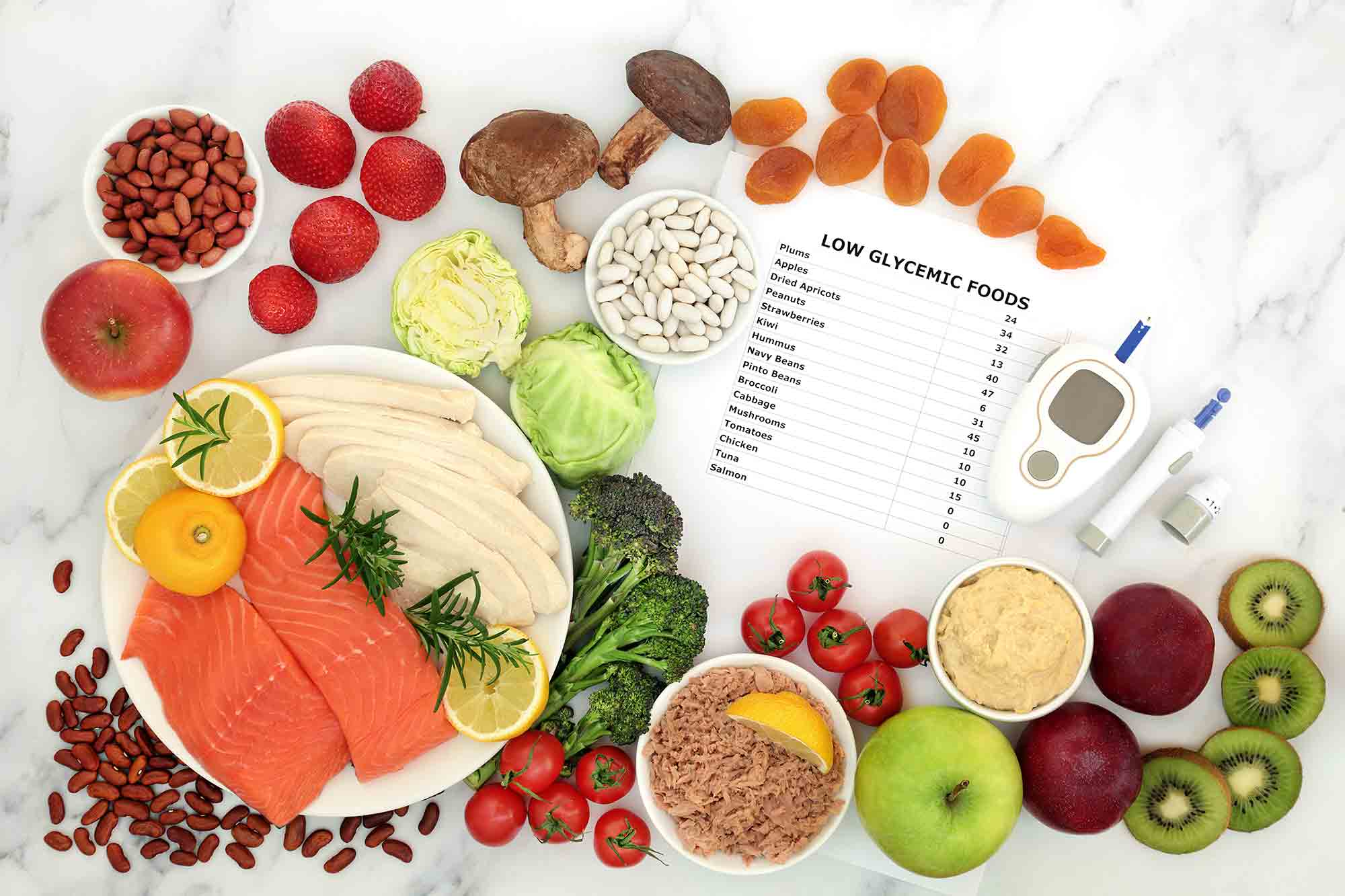While you may be covering the bases for attendees with Type 2 diabetes already by offering healthy food options, those with the Type 1 form of the disease may need a bit more in the way of accommodations.
Most of us have at least a passing knowledge of the most common form of diabetes, Type 2, in which the pancreas doesn’t make enough insulin, or the person has developed insulin resistance. But Type 1, also known as Juvenile-onset diabetes, is generally much less well-known, with the possible exception of those who were fans of the Baby-Sitters Club young-adult series character Stacey McGill, whose experience with the disease featured in some of the novels.
Attendees with Type 2 diabetes likely already are well-versed in managing their needs, so if you are already offering healthy food and beverage choices — and maybe also providing sugar-free dessert options — you likely are already doing what they need to safety participate in your event.
Those with Type 1 diabetes are a little different. While they only constitute about 5% of the total population of people living with diabetes, those living with Type 1 do have special needs that every meeting professional should be aware of, and able to accommodate while on site.
Carbs Are Key
 While she was already familiar with Type 2 diabetes, Heather Herrig, CMP, President and Chief Event Strategist at Every Last Detail, says she wasn’t clued in to the special needs of the Type 1 diabetes demographic until she was asked several years ago to help provide on-site meeting planning support for the Juvenile Diabetes Research Foundation’s Ride to Cure event. Many of the participants tend to be newly diagnosed with the disease, which by the way can occur in adults as well as children, despite the name. Careful meal planning and exercise is important for those with Type 1 diabetes, as they are for those with Type 2. Type 1 patients, and those with advanced Type 2, also must inject insulin to control their blood glucose levels, so among their special needs are in-room fridges to store their medication. But that’s the easy part.
While she was already familiar with Type 2 diabetes, Heather Herrig, CMP, President and Chief Event Strategist at Every Last Detail, says she wasn’t clued in to the special needs of the Type 1 diabetes demographic until she was asked several years ago to help provide on-site meeting planning support for the Juvenile Diabetes Research Foundation’s Ride to Cure event. Many of the participants tend to be newly diagnosed with the disease, which by the way can occur in adults as well as children, despite the name. Careful meal planning and exercise is important for those with Type 1 diabetes, as they are for those with Type 2. Type 1 patients, and those with advanced Type 2, also must inject insulin to control their blood glucose levels, so among their special needs are in-room fridges to store their medication. But that’s the easy part.
“While the whole experience was amazing in so many ways, the most eye-opening thing for me was the dietary needs management,” Heather says. In addition to the careful labeling she always does — gluten-free, vegan, etc., — she found she also had to take carbohydrate counting to a whole new level.
“People may have a good sense of the carb counts for foods they eat every day and packaged foods, but when you take them on site, they are dependent on you to help them understand the carb counts in the unfamiliar foods on the buffet,” she says. “The scope of the labeling was critical to our clients’ health. It had to be as accurate as possible for everything we served.”
“The onus on us as planners is not to be doctors, but to find out enough about you (attendees) to be able to keep you safe while on site. It’s part of my duty of care: When you are at my meeting, I have an ethical obligation to take care of you, whether it’s carb counts for Type 1 diabetes or low-sodium diets for those who have a heart condition.
She met with the chef on site, along with the meeting staff and contact at the host hotel, to make sure they had the most accurate portion size and carb information for everything served at the event. Because it’s not a request the chef had run into before, there were no ready-made answers. Heather and the chef spent a lot of time looking up everything they could find, then running the result by a volunteer who had the disease to learn what they got right — and what they got wrong. “The labeling is by far the most complicated, and important, piece of F&B I handle for any event I work with,” she says.
Identifying the Issue
But how do you know if someone coming to your event has Type 1 diabetes? Should you list it on your registration site in a checklist of diseases for which an attendee needs accommodations? Or include carb counting under a checklist of potential accommodations an attendee would need?
On her registration forms, Heather asks about two things, she says:
- Dietary needs due to food allergies or preferences, with a list of all the usual (kosher, halal, shellfish, etc.). If an attendee checks anything on the list, another box comes up to ask for more information. “For example, if the person has an allergy-related dietary need, I ask if they carry an Epi-pen. We also ask for more information so we can better accommodate that person.”
- Medical issues that need accommodation. While those with diabetes tend to show up in the hotel needs section because they need an in-room refrigerator, they may not necessarily check off any dietary needs related to their medical condition. But maybe they should, and would, if you gave them the option.
So what do you do if you find out that you do have an attendee or two who are living with Type 1 diabetes? “I would reach out to that person and ask what I can do to assist them on site so they feel comfortable eating off the buffet,” Heather says. “I would ask if they need carb counts or if they need special meals.
“The onus on us as planners is not to be doctors, but to find out enough about you to be able to keep you safe while on site. It’s part of my duty of care: When you are at my meeting, I have an ethical obligation to take care of you, whether it’s carb counts for Type 1 diabetes or low-sodium diets for those who have a heart condition. We need to empower people to tell us if they have a medical condition that requires a certain diet, then reach out to ask what we can do to support them on site.”
Four Steps
Here are the four basic steps you can take to better accommodate attendees who have Type 1 diabetes:
- Ask about medical-related dietary needs on your registration forms.
- Reach out to those who identify medical-related dietary needs on their registration to find out what dietary accommodations they need.
- Have a conversation with your vendors so you can execute what those attendees need.
- Follow through on site to make sure the execution goes to plan.
“We don’t need to get too intimate with your personal details and medical history, but the more we know, the more we can help you,” she says.



